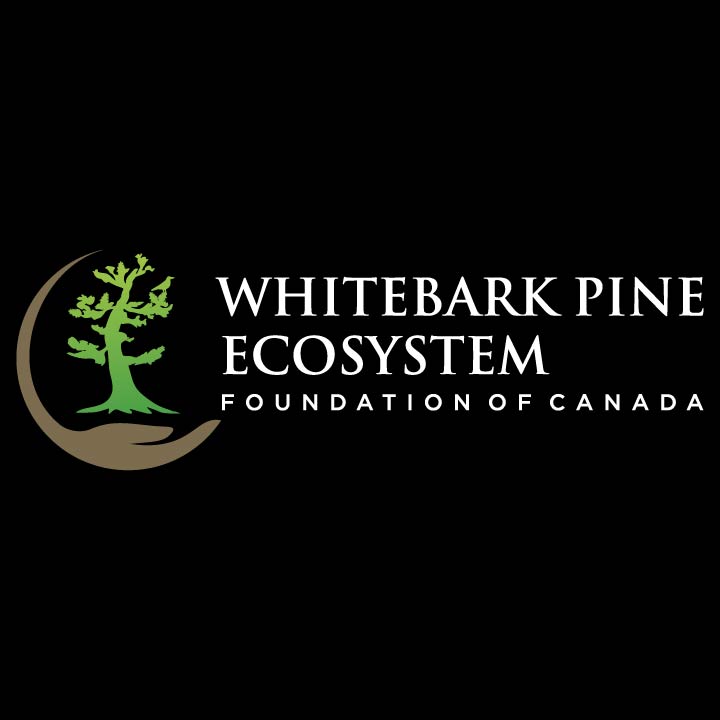Collections
Cone Collections
Every year, in fact twice a year, intrepid cone collectors brave bears, birds, and snow venturing out to whitebark and limber pine stands to acquire cones for research and restoration purposes.
It is a substantial commitment.
Whitebark and limber pine seeds are large and nutritious and therefore there is strong competition for them. Collecting cones entails building cages so you can exclude the critters from getting the seeds you want. It means one has to lug those cages up the hills and climb up to the very tops of the trees to secure them around immature cones in the late spring, then returning in the late autumn when they are mature to gather them up.
It’s more complicated than that, even, as whitebark and limber pine ‘mast’ which means that they don’t necessarily produce cones every year. The interval between good production years is cyclical, and while, there is a pattern (~5-7 years for whitebark and ~2-3 years for limber), it is never certain, so collectors also have to keep a sharp eye out to assess the following year’s crop. On top of that most collectors want cones from particular trees — those trees that look to have good genes to stave off the invasive pathogen, Cronartium ribicola.
Harvesting and handling cones properly is essential for maintaining the viability of the seed, as are storage and extraction methods. Additionally, should you want to collect cones for operational purposes, there are standards set by the Chief Forester in order to sell seed for planting on crown land in BC. This includes things like collecting a minimum of 10 cones per tree, a minimum of 10 trees per stand of a single BEC zone and a maximum radius of collection of 8 km.
Phew! It’s a lot of work, but definitely worth it.


